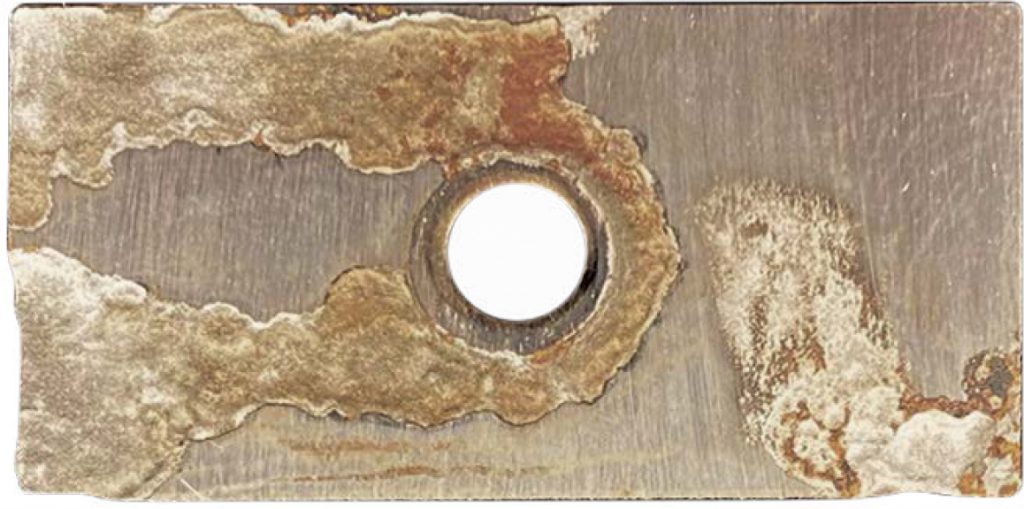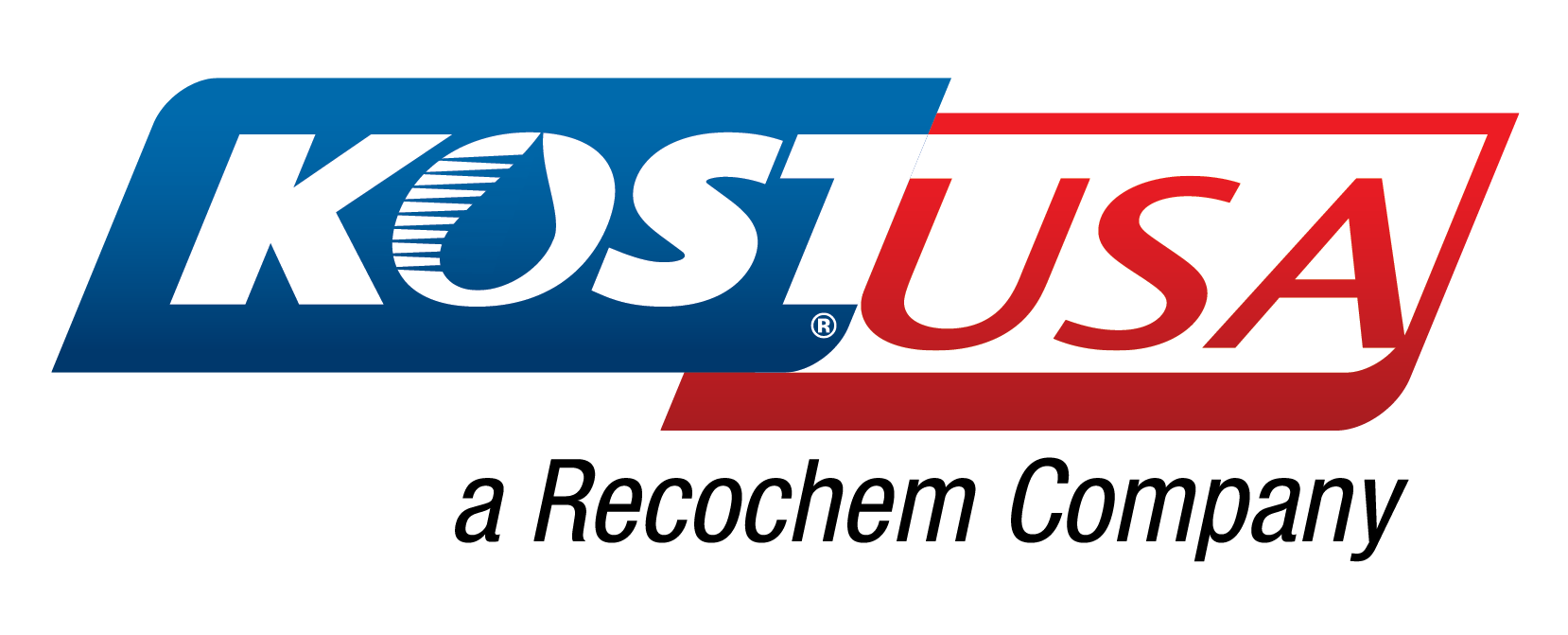
Don’t allow for corrosion to happen in your cooling system!
There are many coolant recyclers in the market today. And for a good reason – used coolant is abundant and shops and fleets appreciate having it hauled it away. While some recyclers follow a carefully controlled process and have quality controls in place, others do the bare minimum, putting your vehicles at risk. Can you tell the difference?
Low cost and convenience draw customers to the recycled coolant. However, leftover chemicals and impurities in the recycled coolant can cause thousands of dollars worth of damage. A few dollars in savings can be wiped out entirely with one costly repair.
- Oil in Coolant: forms a barrier, preventing corrosion inhibitors from doing their job. Typically present due to a leak in the cooling system in which recycled coolant was used.
- Glycolic Acids: glycols degrade over time, forming acids that degrade ferrous metals. Some recycling processes do not remove these acids.
- Chloride or Sulfate: coolant topped off with tap water causes chlorine and sulfate build-up, which not all recycling processes remove. Chloride over 25ppm or sulfate over 50ppm can cause corrosion.
- Supplemental Coolant Additives (SCAs): Excess inhibitors from used coolants can precipitate on water pumps, radiator tubes, etc. Specific inhibitors in high levels can cause erosion – we have mainly seen this in water pump testing.
- Solid Particulate: Solids are abrasive and can cause damage to soft metals such as aluminum in the cooling system, leading to premature failure of the radiator, EGR cooler, and other aluminum components.
The picture below shows a heavily corroded steel sample tested* using commercially-sold coolant with high levels of sulfate and glycolic acids – common impurities we see in poorly recycled coolant. This metal sample failed ASTM D3306’s specification for D1384 with a corrosion result over 60x the allowable limit!
*ASTM D1384 testing with sample KSA171016D

BENEFITS OF USING A NITRITE-FREE OAT COOLANT
by Sarah Creech
Most new vehicles are filled with nitrite-free OAT coolants — Do you know why? Not only can heavy-duty nitrite-free OATs be used in both old and new engines, but they require minimal testing and maintenance. This state-of-the-art technology can be used in all sizes and types of engines:
- Heavy-duty
- Medium-duty
- Light-duty
- Passenger Car
- Reefer Unit
- Equipment
- Stationary engines
- Generators
Did you know that a typical municipal fleet can have anywhere from 6-12 coolants on their shelves? That means one significant advantage of using nitrite-free OATs is to consolidate inventory. Additionally, OATs are more resilient to contamination, allowing them to perform better and longer due to their more robust corrosion inhibitors. This provides flexibility in maintenance schedules and minimizes the chance of engine issues occurring from improper maintenance procedures (like pitting from improperly maintained nitrite-based coolants).
Help your customers get their fleet down to one coolant with very little or next to no maintenance with the lowest total cost of ownership of any heavy-duty coolant.
QUICK REFERENCE POINTS:
- Nitrite-Free OAT coolant be used in every engine
- Lower maintenance required
- Developed to actively protect engine
- Longer life
- Low inhibitor depletion
- Less hard-water susceptibility
- Does not require supplemental coolant additives
- Lowest total cost of ownership












